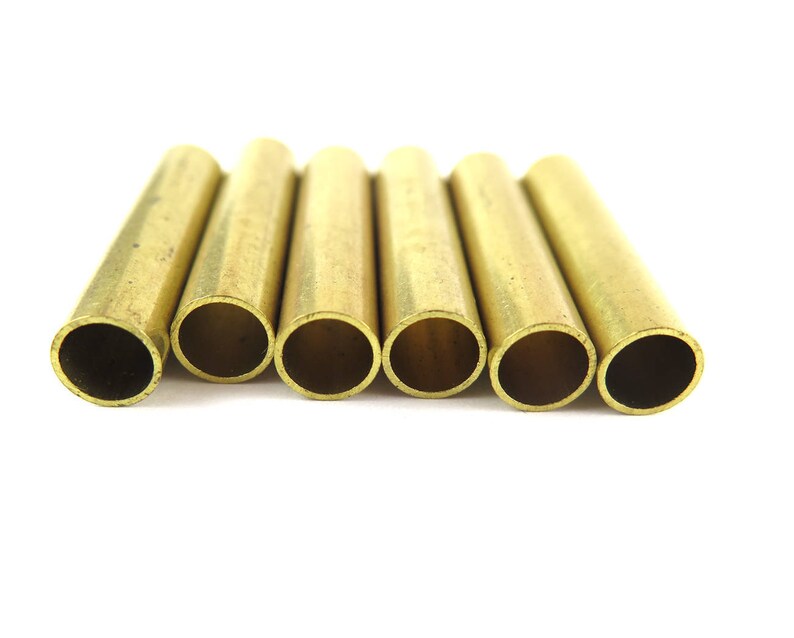What is Aluminum Products?
Aluminum products are items that are made from aluminum, which is a metallic element with the atomic number 13 and the symbol Al. It is a silvery white, lightweight metal that is highly conductive and corrosion resistant. Aluminum is known for its strength, durability, and versatility, making it a popular material for a wide variety of products.
Some common examples of aluminum products include:
1. Aluminum foil: Thin sheets of aluminum that are used for cooking, packaging, and other applications.
2. Aluminum cans: Used to package drinks such as soda, beer, and energy drinks.
3. Aluminum windows and doors: These products are used in construction for their durability and energy efficiency.
3. Aluminum cookware: Pots, pans, and other cooking utensils made from aluminum are popular because they conduct heat well and are easy to clean.
4. Aluminum car parts: Many car parts are made from aluminum because it is lightweight and strong, making it an ideal material for vehicle construction.
There are many other products that are made from aluminum, including sporting goods, aircraft parts, and electrical wiring.
Common Processing Method For Aluminum Products
There are several common processing methods for aluminum products, including:
1. Casting: This process involves melting aluminum and pouring it into a mold to create a desired shape. Cast aluminum is often used to make automotive parts, such as engine blocks and cylinder heads.
2. Extrusion: This process involves heating aluminum to a high temperature and then forcing it through a die to create a long, continuous shape. Extruded aluminum is often used to make window frames, door frames, and structural components.
3. Forging: This process involves heating aluminum to a high temperature and then shaping it by applying pressure with hammers or presses. Forged aluminum is often used to make aircraft components, automotive parts, and other high-strength applications.
4. Rolling: This process involves passing aluminum through a set of rollers to reduce its thickness and increase its length. Rolled aluminum is often used to make sheets, plates, and foil.
5. Drawing: This process involves pulling aluminum through a die to create wire or tubing. Drawn aluminum is often used to make electrical wire and cable, as well as automotive parts.
6. Stamping: This process involves using a press to cut and shape aluminum into a desired form. Stamped aluminum is often used to make automotive parts and consumer products.
7. Machining: This process involves cutting, drilling, or grinding aluminum to create a desired shape or finish. Machined aluminum is often used to make precision parts and components.
A Guide For Aluminum Products Design Process
The design process for aluminum products typically involves the following steps:
1. Define the product's purpose and requirements: This step involves identifying the product's intended use and determining the necessary performance characteristics, such as strength, durability, and corrosion resistance.
2. Select the appropriate aluminum alloy: Different aluminum alloys have different properties and are suitable for different applications. It is important to select an alloy that meets the product's requirements and can be easily formed and finished.
3. Develop a conceptual design: This step involves creating a rough sketch or model of the product to visualize its overall shape and size.
4. Create detailed drawings: This step involves creating detailed drawings of the product, including dimensions, tolerances, and other technical specifications.
5. Select a manufacturing process: The appropriate manufacturing process will depend on the product's shape, size, and desired properties. Options may include casting, extrusion, forging, rolling, stamping, or machining.
6. Create prototypes: This step involves producing one or more prototypes of the product to test its performance and make any necessary changes.
7. Refine the design: Based on the results of prototype testing, the design may be modified to improve performance or reduce production costs.
8.Begin mass production: Once the final design has been approved, the product can be mass-produced using the selected manufacturing process.
It is important to work closely with an experienced aluminum fabricator or manufacturer throughout the design process to ensure that the final product meets all requirements and can be produced efficiently and cost-effectively.
 Is admiralty brass copper nickel?
Is admiralty brass copper nickel?
 Nitinol Wire/Shape Memory Alloy: An Innovative Journey of Wonders
Nitinol Wire/Shape Memory Alloy: An Innovative Journey of Wonders
 What are the disadvantages of nitinol?
What are the disadvantages of nitinol?